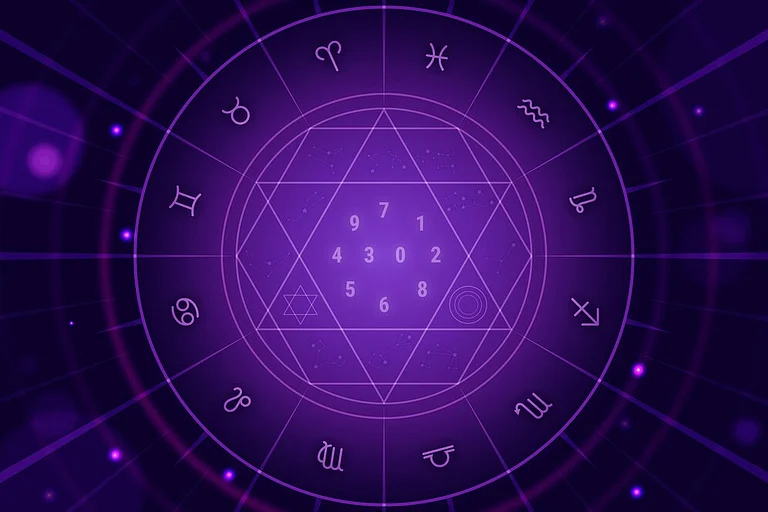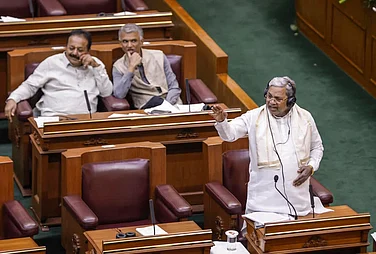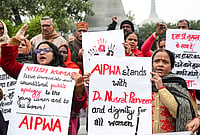The attack on the 17-year-old girl in West Delhi has brought attention back to India's high rate of acid attacks. The sufferer, who had an 8% burn, is currently in stable condition.
Cases of acid attacks are high in India. In August, the Union Home Ministry in a reply to a question presented data on acid attacks. Between 2014 and 2018 1,483 acid attacks happened across the country. While between 2018 and 2022, 386 acid attack cases on women were registered – the low number may also be because of Covid- induced lockdown.
Moreover, the conviction rate is also very low. A conviction occurred in 2.45% of cases (10 out of 407 cases) in 2016, 3.39% (15 out of 442) in 2017, and 3.36% (19 out of 523) in 2018, compared to 2.45% of cases (10 out of 407 cases) in 2016.
The Supreme Court of India stated in Laxmi v. Union of India in 2013 that to trade acid, a licence and registration under the Poisons Act 1919 are required. Shops must keep track of their inventory and sales in a register. And also shops can not sell acid without ID. In 2015 SC again directed states to regulate the sale of acids in retail shops.
Still, one can buy acid without id proof. In 2016, when teams from the Delhi Commission of women went to check the situation on the ground. They found 23 shops selling acid without asking for Identity proof.
The responsibilities lie on areas’ sub-divisional magistrates (SDMs). They can fine up to 50,000 those retail sellers who do not follow the rules. But DCW found one few inspections take place. Data corroborate DCW’s findings. Only Rs. 36.5 lakh has been collected in fines since 2017. This shows when the situation in the national capital is such, how depressing the situation would be in small towns, away from the media glare.
Compensation is not enough
In 2013, in Laxmi v Union of India Supreme Court also ordered, that in the case of acid attacks minimum of three lakh compensation should be given to the survivor. Court also directed states to make suitable amendments. But activists and experts say that not just this amount is very less to cover legal fights, medical costs, and rehabilitation, survivors have to struggle to get that.
Moreover, most of the acid attack victims are between 17-23 years of age bracket – which is a crucial period in one’s life, as it determines career trajectories for many. Thus, rehabilitation remains a big challenge.


























